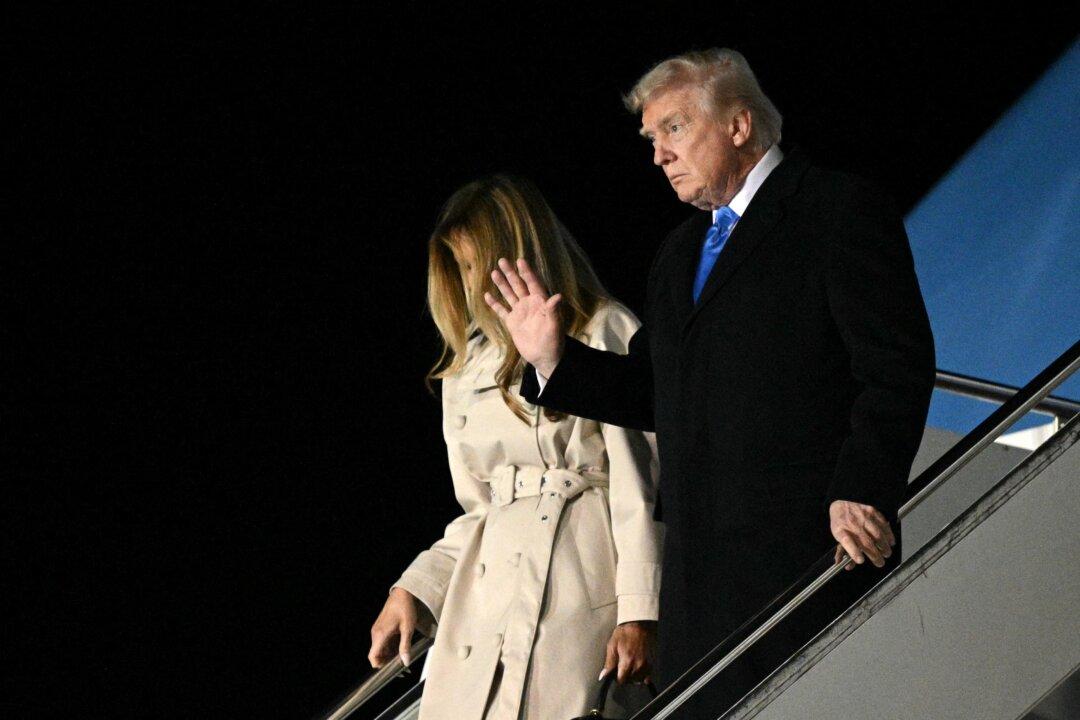Millions of students in the Philippines have returned to school for in-person classes after more than two years of school closures during the COVID-19 pandemic.
Students were seen donning face masks as they lined up to enter their classrooms on Monday. Temperature checks and limits on the number of students per classroom remain in place.
Students will be required to attend a combination of in-person classes and remote learning from August to October before switching to the full five-day in-person classes in November, according to the ministry.
The Philippines’ school closures due to the pandemic were among the longest in the world, with reopening delayed by slow vaccine rollouts and the country’s 2022 elections.
Vice President Sara Duterte described the resumption of in-person classes as a “victory” for the nation’s education sector, as students across the Philippines were finally able to attend school like their peers around the world.
Some schools decided to split classes into morning and afternoon sessions to accommodate students while maintaining physical distancing due to classroom shortages.
“We cannot make the lack of educational infrastructure or the inadequate number of classrooms in certain provinces another excuse to keep our children from schools,” Duterte said.
The ministry piloted in-person classes involving 300 schools in 2021 but didn’t extend this to cover all schools until the start of the current school year.
The shift to online classes, self-learning modules, and educational television and radio programs has proven extremely challenging for the country’s population, where less than a fifth of households have internet access and many lack mobile services.





